Japanese culture is well-loved in many parts of the world. It may be no surprise that London and Paris are among its important hubs in Europe, but what about Kraków, Poland?
In 2017, I travelled to this beautiful Polish city with a Polish friend who lived in London to attend a kimono event. The happy time I spent with new Polish kimono friends was unforgettable. In this article, I will focus on this event and explain why Japanese culture has become so popular in Poland.
First, let's look at the history of the Manggha Museum of Japanese Art and Technology, where the kimono event took place.
A Polish art collector who named himself 'Manggha'
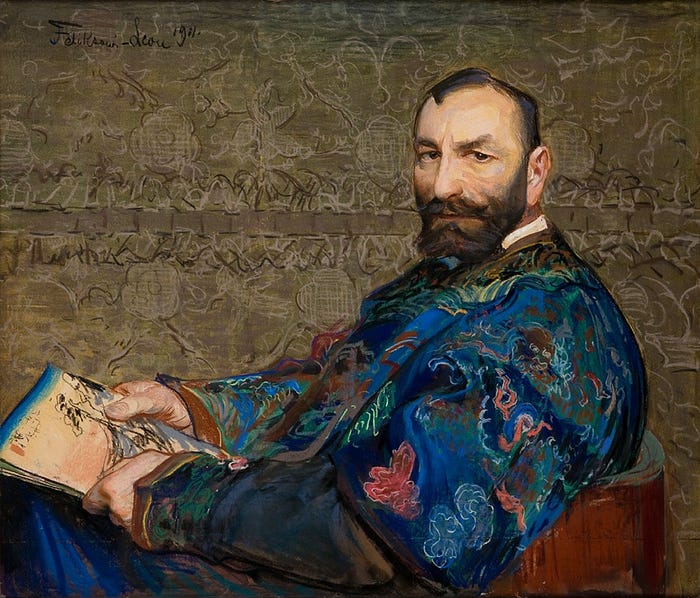
The Polish writer and art collector Feliks Jasieński (1861–1929) was the first person that helped Kraków to be a centre of Japanese culture.
Born into a wealthy family, he had the opportunity to travel to other countries and collect valuable artworks, textiles, and ceramics from Europe and the Far East. His power as a patron and critic of the Polish art world was immense. While based in Kraków, he profoundly influenced a wide range of artists.
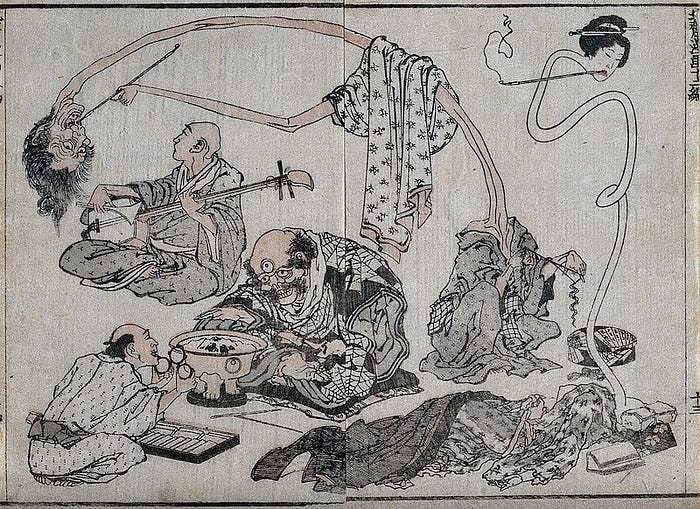
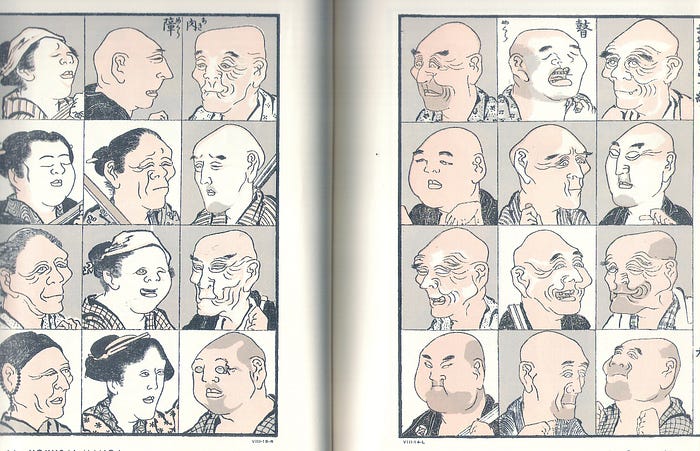
Feliks Jasieński was particularly fascinated by Japanese woodblock prints called ukiyo-e, which were hugely popular among ordinary people during the Edo period (1615–1868). His favourite was Hokusai Manga, a collection of drawings by Katsushika Hokusai (1760–1849), which is often called Hokusai's Sketches abroad.
You may be surprised that the great master Hokusai, best known for his stunning ukiyo-e, such as The Great Wave off Kanagawa, also drew manga 200 years ago. Manga is a Japanese word that means pictures drawn freely as one pleases. Hokusai Manga did not have a story like modern manga, but it consisted mainly of caricatures and funny drawings.
Feliks Jasieński loved this work so much that he used Manggha as his pen name. It shows how much he loved Japanese culture.
Andrzej Wajda donated his prize to build a museum for Japanese art
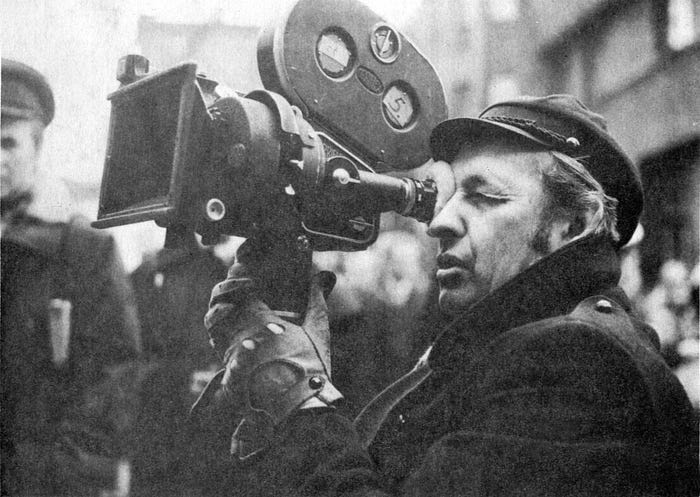
Andrzej Wajda (1926–2016) was a successful Polish filmmaker who focused on political films. In 1981, he won the Palme d'Or at the Cannes Film Festival for Man of Iron, which featured the Gdańsk Shipyard strike in 1980, the first organised resistance to Communist dictatorship in Eastern Europe.
Japanese ukiyo-e prints by Katsushika Hokusai and Kitagawa Utamaro inspired Andrzej Wajda to pursue a creative career. In his late teens, he saw the Feliks "Manggha" Jasieński collection on display at Kraków Cloth Hall and was dazzled. He never forgot that event in his life.
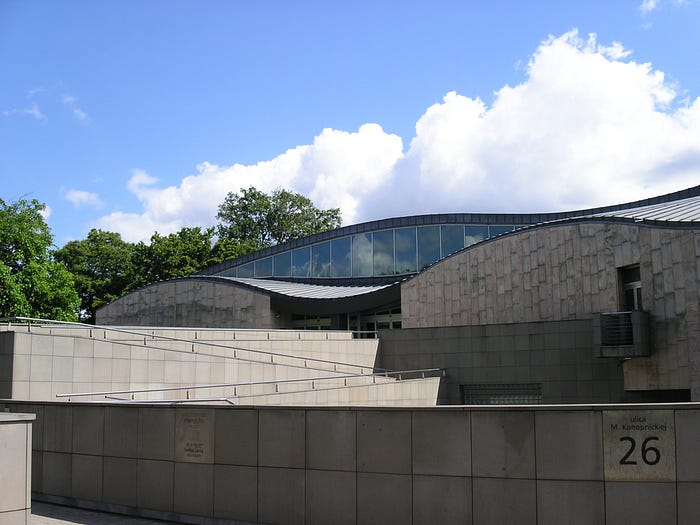
In 1987, when he won the Kyoto Prize in Arts and Philosophy for his film, he decided to establish the Manggha Museum in Kraków with a prize money of 45 million yen.
The Japanese government, the Kyoto–Kraków Foundation, and the JR East labour union contributed large sums of money. The city of Kraków donated the land for the museum. The Pritzker Prize-winning Japanese architect, Isozaki Arata (1931–2022), designed the building free of charge.
Thus, in 1994, the Manggha Museum of Japanese Art and Technology opened along the Vistula River, across from Wawel Castle. This is a one-of-a-kind museum created by Polish people who have loved Japanese culture and their Japanese collaborators.
The museum hosts the Japanese art collection of Feliks "Manggha" Jasieński and other Far Eastern art collections. It also frequently holds special exhibitions and events to introduce a wide variety of Japanese culture.
Anna Bielak, an expert guide to Japanese culture
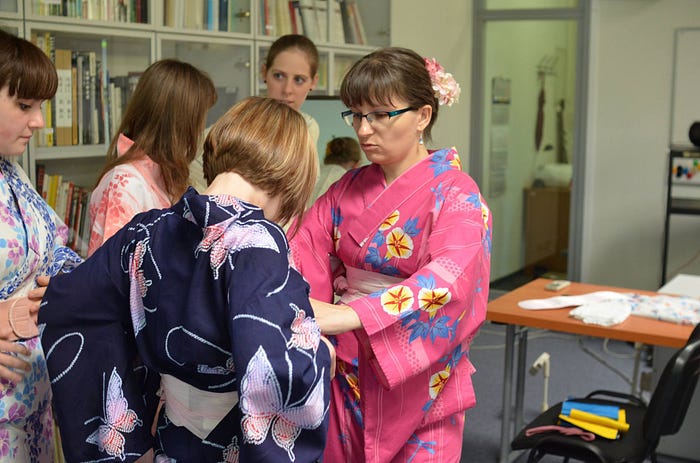
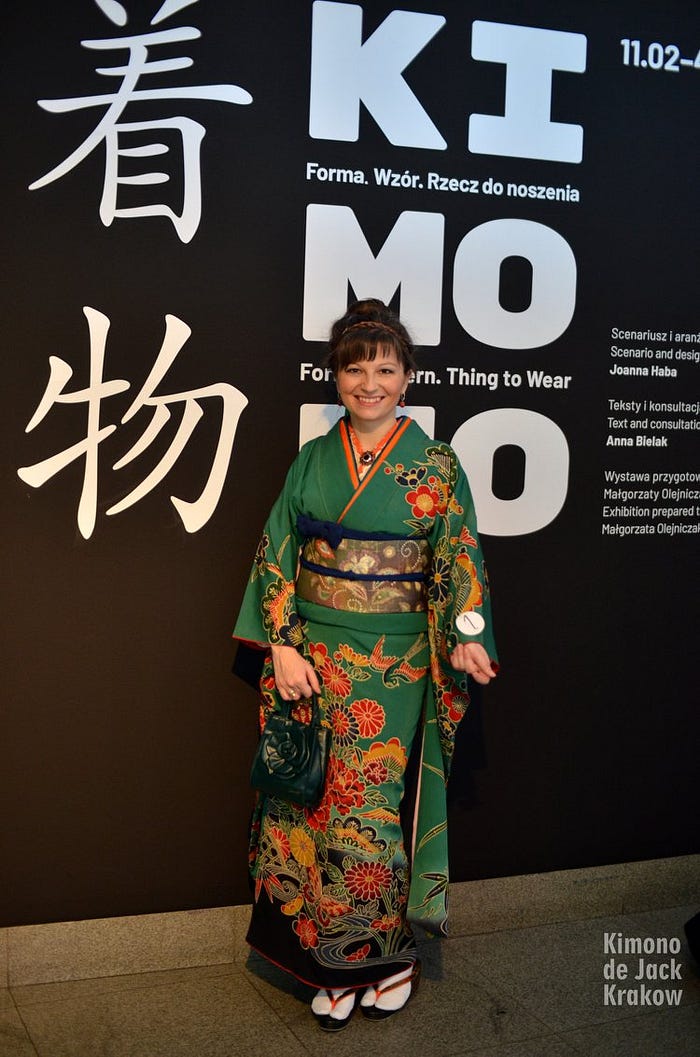
This way, Kraków became an important hub for Japanese culture, with many Japanophiles. Anna Bielak, who organised this kimono event, is one of them. She lived in Kyoto to study various aspects of traditional Japanese culture. Now, she is back in her home country, teaching kimono dressing and tea ceremony in Kraków. Anna is also the author of a Polish book about kimono.
Another Polish lady said, "Anna is such a celebrity in Kraków that many people recognise her walking in a beautiful kimono".
Kimono de Jack Kraków to enjoy Japanese customs
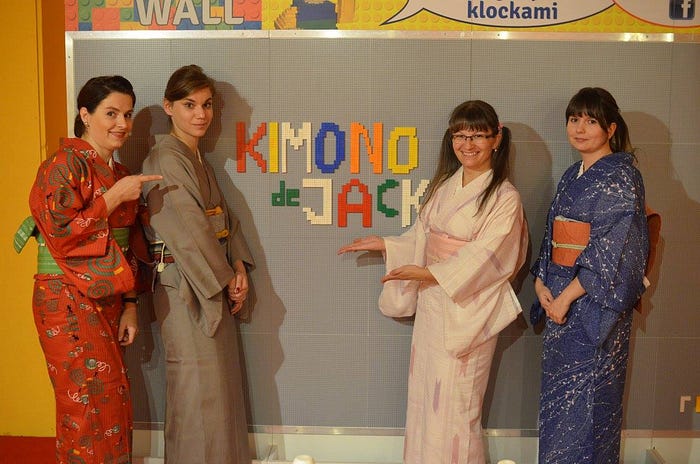
Anna Bielak also organises events for Kimono de Jack Kraków. Kimono de Jack is an event that originated in Japan, where kimono lovers gather to take pictures together. After the first event in Kyoto in 2011, it rapidly spread to various cities of Japan, and even to other countries such as the US, the UK, and the Netherlands.
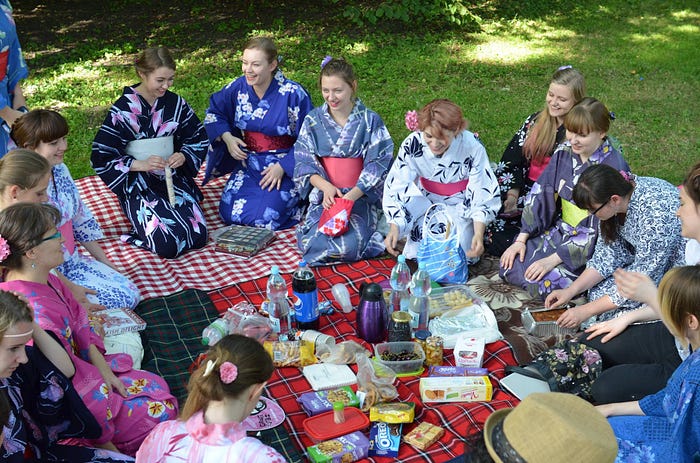

Kimono de Jack Kraków is one of the most active groups in the world, thanks to Anna Bielak's tremendous efforts. It holds unique events several times yearly, including season-themed parties and a kimono fashion show.
Kimono wearers made a rainbow at the Manggha
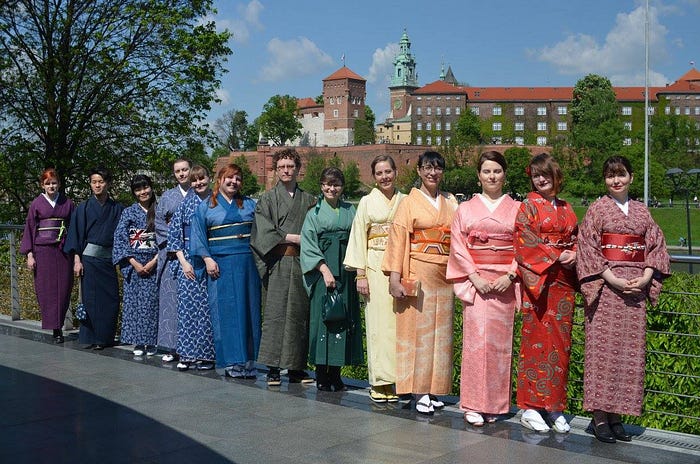
This time, the event had a rainbow theme, a symbol of hope and diversity. All participants were asked to coordinate kimono items with one specific colour. For instance, a red kimono should be combined with a tonal obi belt and accessories. Such coordination of only one colour is considered taboo in traditional Japanese kimono culture, which made this idea unique.
For this occasion, I chose blue and wore a Japanese indigo Awa shijira kimono made of cotton and an obi belt with the Union Jack.
The participants in this event were all Polish, except me and a Japanese man who taught Japanese in Kraków. We lined up in gradations of kimono colours and made a rainbow at the Manggha Museum. To the clear sky, I asked, "Mr Jasieński, Mr Wajda, can you see us?"
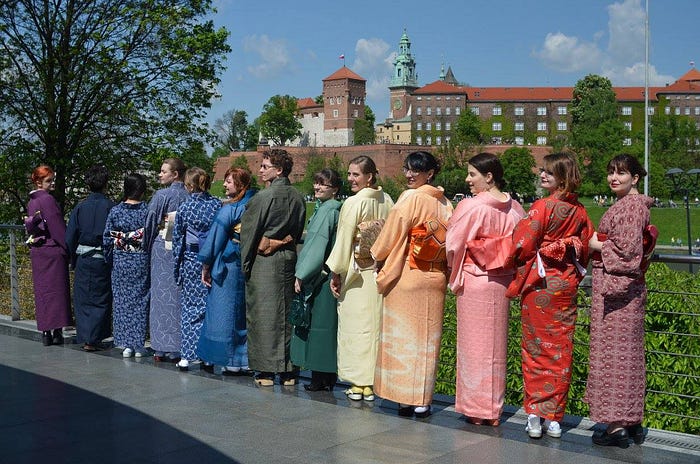
Everyone was dressed so neatly and elegantly. As many participants could not dress themselves, Anna took care of all the dressing, including advice on choosing kimono items. Anna's skills are excellent, as she is a qualified kimono dresser and instructor.
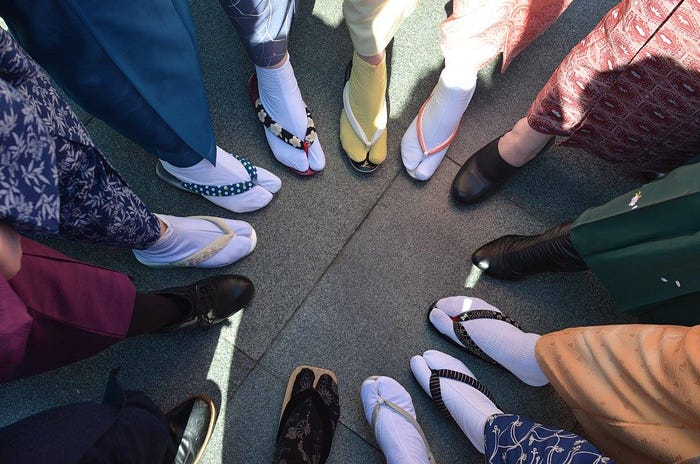
As different colours of a rainbow, we are all unique but connected by our love for kimono…!
'Sailor Moon generation' has an affinity for Japan
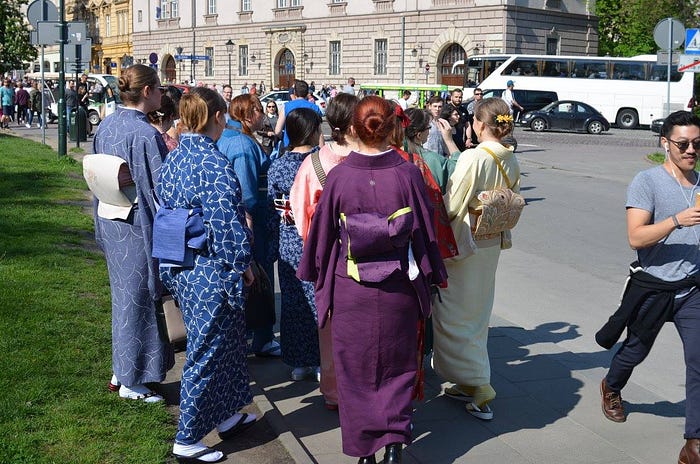
Afterward, we walked around the city of Kraków in kimonos. We enjoyed a bit of attention😉
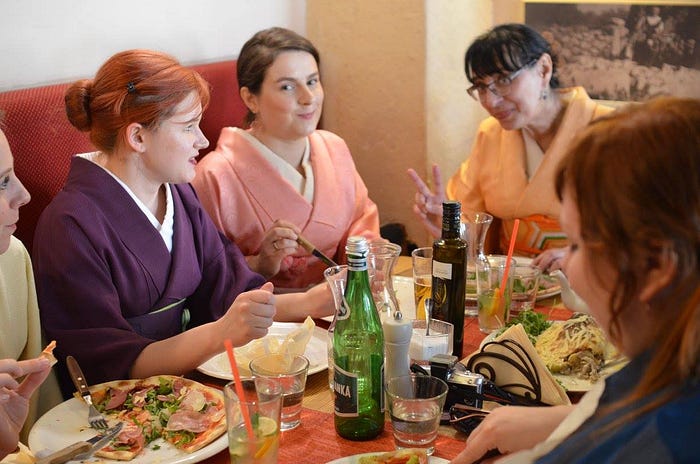
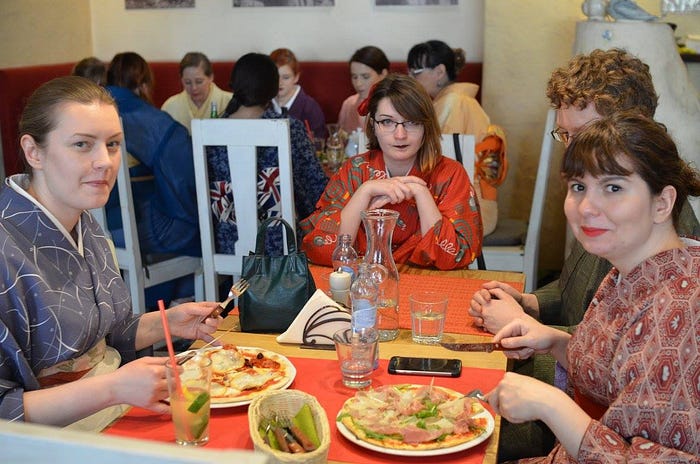
We had lunch at an Italian restaurant. I was touched to see all these Polish ladies speaking English, even to one another, so that I — the only non-Polish speaker — could understand the conversation.
Many Kimono de Jack Kraków members were women in their 20s and 30s, known as the Sailor Moon generation in Poland. They grew up watching Sailor Moon and other Japanese anime on TV and naturally fell in love with Japanese culture. See? The influence of anime is fantastic!
Talking to them, I felt like chatting with my Japanese friends. This is partly because of the common interests such as kimono, tea ceremony, and anime, but also because the character of Polish women is a little like that of Japanese women: reserved and considerate of others. I was so relaxed that it was hard to believe we had never met.
Non-Japanese in kimono — Cultural appropriation?
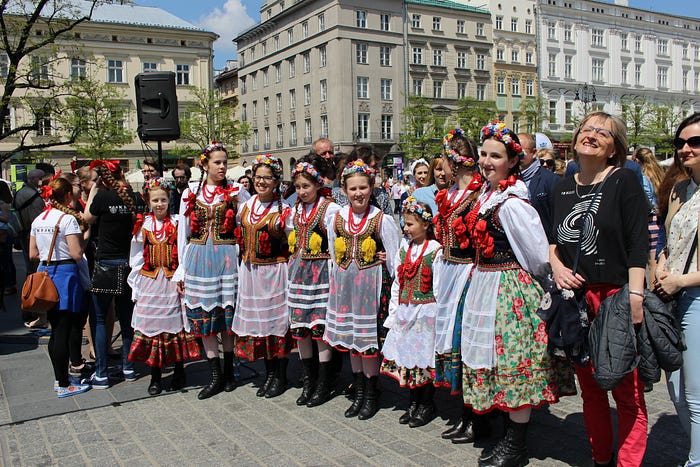
Although the event was wonderfully successful, I would like to mention that I witnessed a few people questioning Polish ladies' wearing of kimonos.
During my brief stay, Anna Bielak and my Polish friend K took me to various sightseeing spots. While we were walking around in kimonos, two Polish men spoke to me in English, smiling, "A fine outfit. Where are you from?" When I answered, "From Japan," they gave me a look of approval. Then they turned to Anna and K, "Are you Japanese, too? No, you are Polish, aren't you? Why do you wear Asian clothes if you are not Asian?" Anna and K answered in Polish, and the men walked away.
Another time, when K and I were heading to a restaurant in Kraków, a young man followed us and shouted, "Cultural appropriation!" We ignored him, and he left.
Sadly, wherever you go, there are a few people like this. My non-Japanese friends in other countries also have to produce some excuse: "I wear it because I want to wear it," "I like Japanese culture," and so on.
Japanese culture belongs to anyone who cherishes it
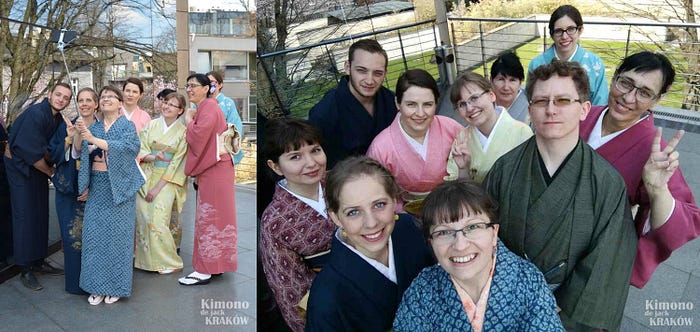
My opinion on the subject? I believe that Japanese culture belongs to those who incorporate and value it in their lives. I don't feel any barriers between my non-Japanese kimono friends and me. We are a team.
Feliks "Manggha" Jasieński, Andrzej Wajda, Anna Bielak and those around them showed exactly how Japanese people are not the only ones who can contribute to Japanese culture. Despite their different times, they each deeply understood and loved Japanese art. As if passing an invisible baton, they have nurtured Kraków into a centre of Japanese culture.
Then, as we saw, the first thing that inspires these incredible people could be a single piece of ukiyo-e, manga book, or kimono.
Therefore, if you are interested, I encourage you to try on a kimono. It is much nicer to wear it than to just look at it. Today, many people eat sushi for lunch and enjoy Japanese anime and games at home with a cup of green tea. Why should clothing be an exception? Kimonos don't even have religious connotations. There are people like Anna and me who would be happy to help you, too.
This way, we could make a giant, diverse rainbow together — that was the wish I made on this day🌈
References:
- Official website of the Manggha Museum of Japanese Art and Technology https://manggha.pl/en
- Official website of the National Museum in Kraków https://mnk.pl/zbiory/feliks-jasienski-najwiekszy-darczynca-mnk
- Hokusai Manga (Wikipedia) https://en.wikipedia.org/wiki/Hokusai_Manga
- Andrzej Wajda (Wikipedia) https://en.wikipedia.org/wiki/Andrzej_Wajda
Useful links:
- Anna Bielak (Instagram) https://www.instagram.com/kimonoteka/
- Kimono de Jack Kraków (Facebook) https://www.facebook.com/kimonodejackkrakow/

